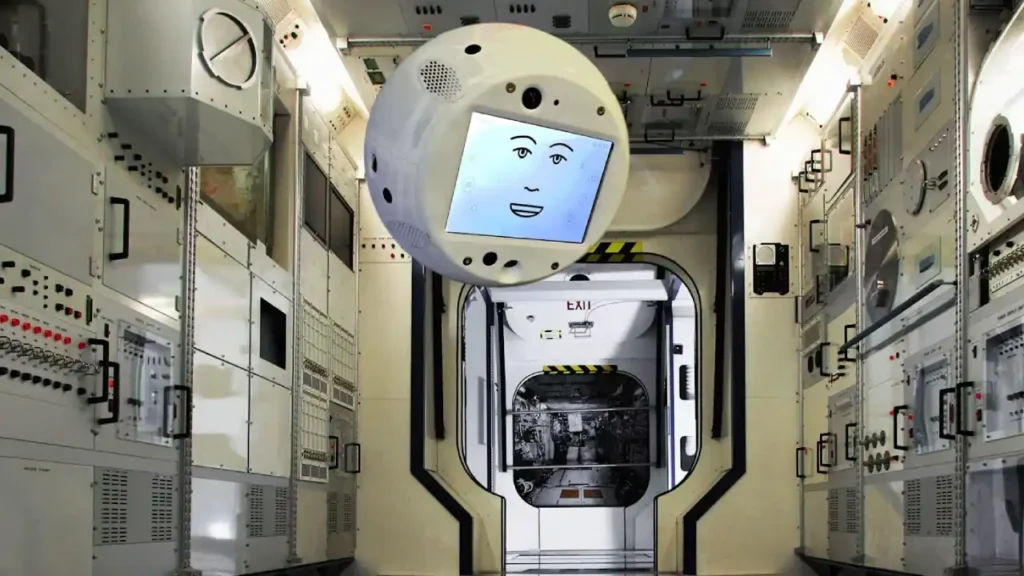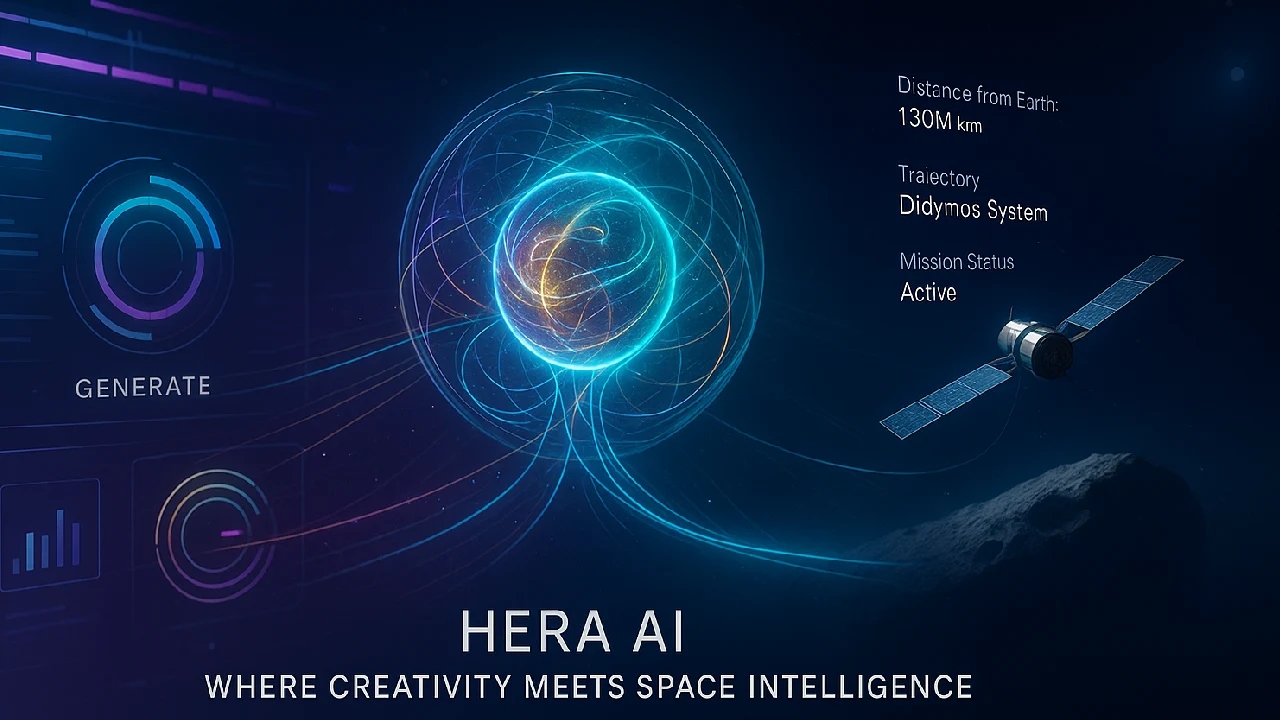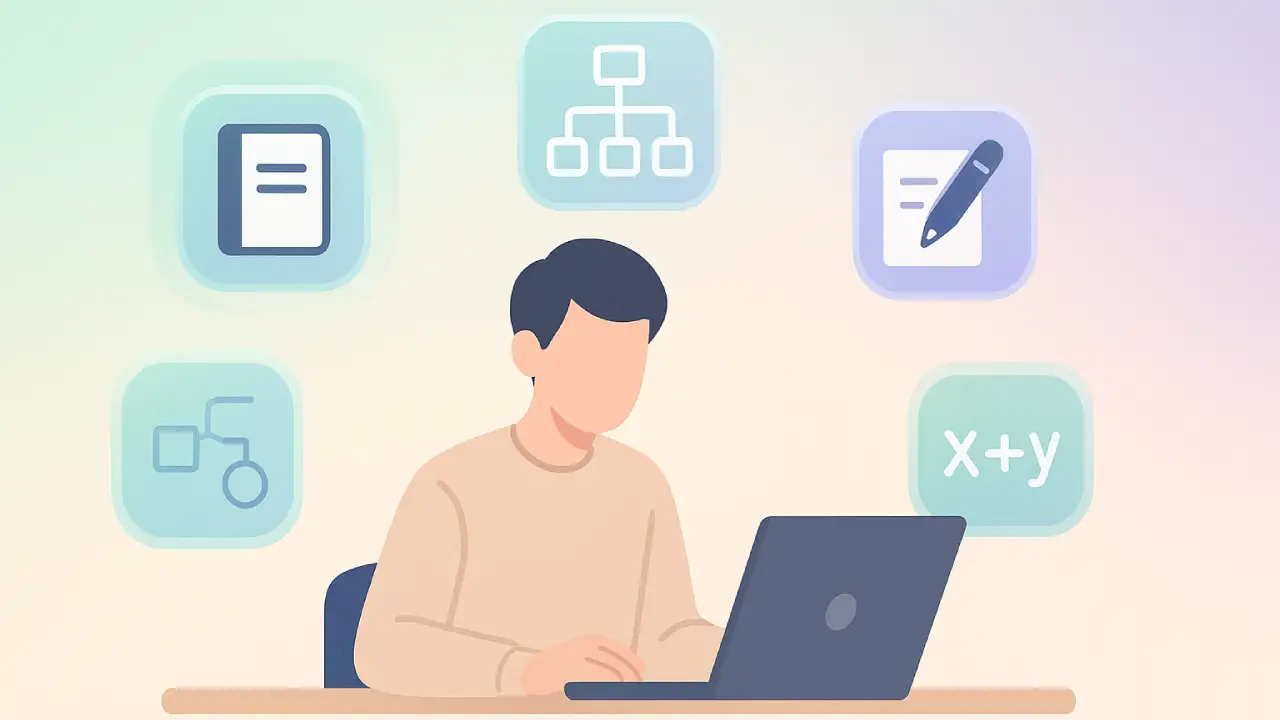CIMON AI robot is an AI-powered, free-floating assistant that helps astronauts on the ISS with jobs that can be controlled by voice, emotional support, and paperwork. It’s a big step forward in how humans and AI can connect in space. It was made by Airbus and is powered by IBM Watson.

Have you ever thought about how astronauts deal with stress, being alone, and hard jobs during long space missions? This is being done with the help of Project CIMON, an AI-powered robot that floats inside the International Space Station (ISS) and acts like a voice helper. It’s not just a robot, though. It shows how artificial intelligence might be able to help people in space and maybe even change life on Earth.
Let’s make it as easy as possible to understand what CIMON is, how it works, and why it’s important in this blog.
What is CIMON and Why It Matters
CIMON stands for Crew Interactive Mobile Companion — a free-floating, voice-controlled AI robot that assists astronauts in space. It’s not just a cool gadget; it’s a pioneering experiment in how humans and AI can interact during long-duration space missions.
Developed by Airbus for the German Aerospace Center (DLR) and powered by IBM’s Watson AI, CIMON was designed to improve efficiency, reduce psychological stress, and test the boundaries of autonomous human-machine collaboration in zero gravity.
How Does CIMON Work?
The CIMON robot is a 32-cm sphere that floats around pilots like a sci-fi assistant. It’s like Siri or Alexa, but inside the ISS it has a face, feelings, and the power to move through the air.
Here’s how it functions:
- Voice Commands: It listens using 8 microphones and responds using a built-in speaker.
- Navigation: 12 internal fans help it float, rotate, and face the astronaut it’s talking to.
- Vision: Two front-facing cameras act as eyes, helping with face recognition and documentation.
- Display: An LCD screen shows expressions, instructions, or visuals — making it more relatable.
- Movement: It can autonomously fly to locations inside the Columbus module using navigation software.
Key Features and Real-Life Benefits
Project CIMON wasn’t built for the wow factor. It’s packed with features that actually help astronauts on long missions.
Functional Benefits
- Task guidance: It can show visual instructions for experiments or repairs.
- Hands-free help: Voice navigation lets astronauts work with both hands.
- Documentation: Captures photos and videos for mission records.
- Inventory check: Helps find or log items in space modules.
Emotional Support
- Empathy engine: CIMON-2 can detect emotion in speech and adjust responses accordingly.
- Friendly talk: Offers conversational support to reduce isolation in space.
- Personal touch: It remembers preferences like favorite music or hobbies.
Technical Edge
- Autonomous navigation: Knows where to go in space using spatial mapping.
- Big data processing: Engineers also use it to evaluate how AI handles real-time data in low-resource environments.
- Interoperability: Can control other devices like the Japanese Int-Ball2 via voice commands.
CIMON-1 vs CIMON-2 – What’s New?
In 2018, pilot Alexander Gerst was the first person to use CIMON-1. When CIMON-2 came out in 2019, it had a lot of improvements.
| Feature | CIMON-1 | CIMON-2 |
|---|---|---|
| Mission Duration | ~1 year | Up to 3 years |
| Microphone Sensitivity | Basic | Improved sound detection |
| AI Stability | Limited | +30% better autonomy |
| Emotional Support | Limited | Sentiment detection + empathy |
| Task Handling | Experimental | More reliable navigation and tasks |
Pros and Limitations of CIMON
Pros
- Voice control without touchscreens
- Mental wellness support in isolation
- Real-time guidance for tasks
- Lightweight and 3D printed
- Easy collaboration with humans and other bots
Limitations
- Battery lasts ~2 hours
- Can only operate within the ISS Columbus module
- AI still needs monitoring for errors
- Challenges with cosmic radiation and extreme temperature shifts in space
Why CIMON Matters Beyond Space
Even though CIMON is made for scientists, its main ideas are very useful here on Earth as well. Think about places like long-term care homes, medical stations that are far away, or even schools where getting mental and informational support is very important.
This AI assistant could inspire tools for:
- Medical assistance robots
- Companion AI for elderly
- AI tutors for remote education
- Smart industry bots that understand emotion
Conclusion
The CIMON spacecraft is not a sci-fi story; it is already orbiting the Earth and helping astronauts work better and feel less alone. This AI-powered floating helper shows what it’s like to work with a machine, and not just in space. It can also help with problems on Earth.
Would you let an AI that floats help you work, learn, or feel better? Tell us what you think.







